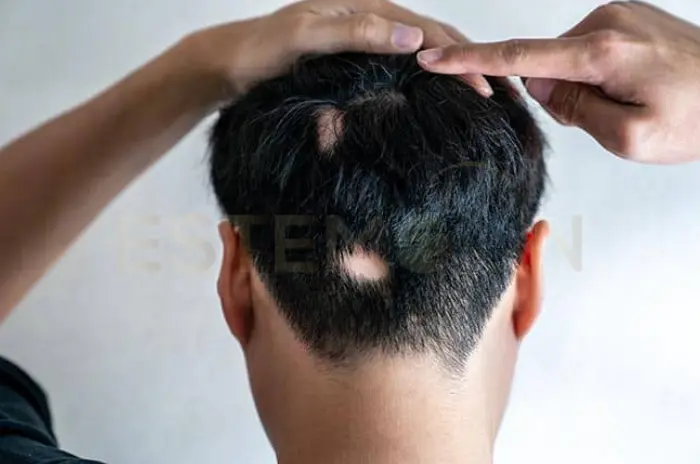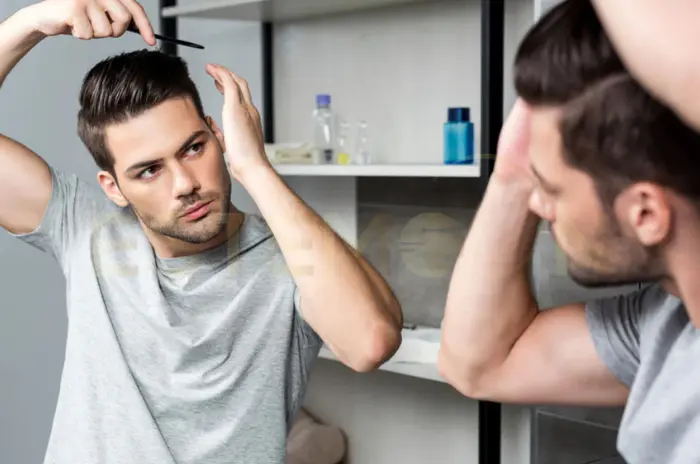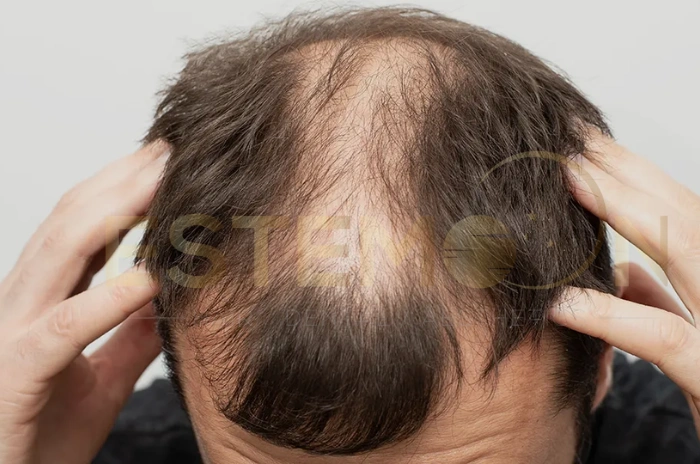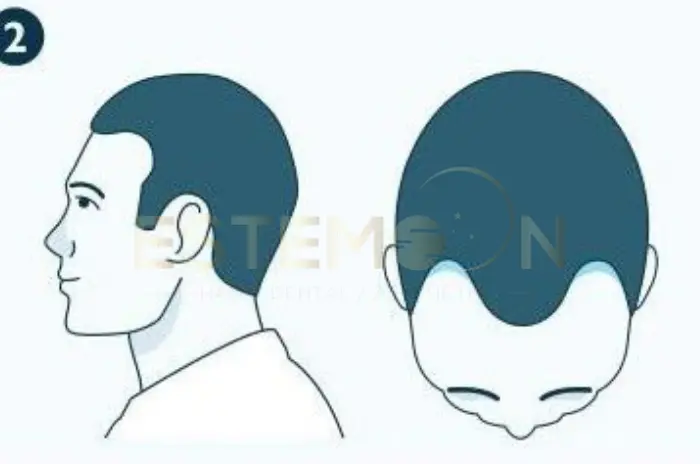Ringworm affecting the scalp is a contagious fungal infection that can lead to significant hair loss if left untreated. Known medically as scalp ringworm tinea capitis, this condition primarily affects children but can occur in adults too. Understanding the symptoms, treatment options, and prevention strategies is crucial for protecting your hair and preventing spread to others.
This guide will walk you through everything you need to know about ringworm hair loss, from identifying early warning signs to implementing an effective regrowth plan.
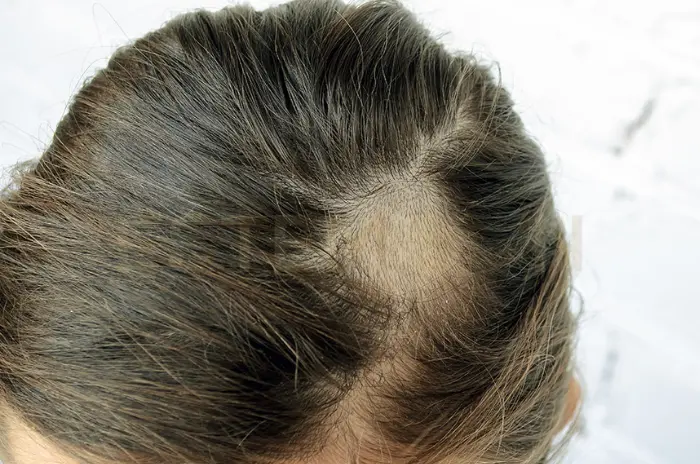
What is Scalp Ringworm and How It Causes Hair Loss
Scalp ringworm tinea capitis is a fungal infection caused by dermatophyte fungi that invade the hair shaft and follicles on the scalp. Despite its name, ringworm has nothing to do with worms—it gets its name from the characteristic circular ringworm rash it often produces.
The infection penetrates deep into the hair follicle, weakening the hair structure from within. As the fungus feeds on keratin (the protein that makes up hair), it causes the hair shaft to become brittle and break off at the scalp surface. This results in the distinctive bald patches scalp appearance that many patients experience.
How the Infection Damages Hair Follicles
When dermatophyte fungi colonize the scalp, they trigger an inflammatory response. This inflammation can damage the hair follicle itself, leading to temporary or, in severe cases, permanent hair loss. The severity of folliculitis hair loss depends on how quickly treatment begins and the specific fungal strain involved.
In mild cases, the hair follicles remain intact beneath the surface and can produce new hair once the infection clears. However, severe infections can cause kerion—a painful, pus-filled swelling that may lead to scarring and permanent patchy hair loss if not treated promptly.
Children between ages 3 and 14 are most susceptible to scalp ringworm tinea capitis, though adults with compromised immune systems also face increased risk. The infection thrives in warm, moist environments and spreads easily in settings where people share personal items.
How Ringworm Spreads and How to Stop It
Understanding how ringworm is passed on is essential for preventing transmission. This contagious fungal infection spreads through multiple pathways, making awareness your first line of defense.
Direct and Indirect Transmission Routes
Ringworm spreads primarily through direct skin-to-skin contact with an infected person or animal. Pets with ringworm—particularly cats, dogs, and rodents—are common carriers and can transmit the infection to humans through petting or handling.
Indirect transmission occurs when you come into contact with contaminated objects. The fungal spores can survive on surfaces for months. Common transmission routes include sharing combs, brushes, or hair accessories, using contaminated towels or pillowcases, wearing hats or helmets used by infected individuals, and contact with infected furniture.
Critical Prevention Strategies
To stop ringworm spreading, implement these evidence-based practices. Wash your hands thoroughly after touching animals or anyone with suspected infection. Keep your scalp clean and dry, as fungi thrive in moist conditions.
The rule “do not share towels combs” applies to all personal grooming tools, headwear, and bedding. Each family member should have their own dedicated items. Regularly disinfect surfaces that come into contact with the scalp. Wash bedding, towels, and clothing in hot water (at least 60°C).
If someone in your home has scalp ringworm tinea capitis, isolate their personal items immediately. Vacuum carpets and upholstered furniture frequently, and consider treating pets with ringworm simultaneously to prevent reinfection cycles.
Main Symptoms of Ringworm Hair Loss
Recognizing the symptoms of ringworm early dramatically improves treatment outcomes and minimizes permanent damage. The presentation can vary from subtle changes to dramatic hair loss.
Early Warning Signs
The first symptoms of ringworm often appear 10-14 days after exposure. Initial signs include small, scaly patches on the scalp, mild itching or discomfort, slight redness in affected areas, and hair that looks dull or breaks easily.
Many people mistake these early symptoms for dandruff, delaying proper treatment. However, unlike simple dandruff, ringworm rash progressively worsens and spreads without intervention.
Progressive Symptoms and Advanced Stages
As the infection advances, more distinctive symptoms of ringworm emerge. The hallmark sign is one or more circular bald patches scalp with well-defined borders. These patches typically measure 1-4 centimeters in diameter but can merge into larger areas.
Itchy scalp infection often accompanies the hair loss. The affected areas may feel tender to touch. Broken hair shafts create a “black dot” pattern where hair has snapped off at the scalp surface—a distinctive feature of scalp ringworm tinea capitis.
The skin may appear red, swollen, and scaly. In some cases, small pustules or crusty lesions develop.
Severe Complications: Kerion Formation
In approximately 10-15% of cases, patients develop kerion—a severe inflammatory response characterized by large, painful swelling, oozing pus or discharge, tender lymph nodes in the neck, and fever. Kerion requires immediate medical attention as it can cause permanent scarring and folliculitis hair loss if treatment is delayed.
Scalp ringworm tinea capitis can mimic other conditions such as piedra hair infection, alopecia areata, or seborrheic dermatitis. Professional diagnosis is essential—see a GP for ringworm confirmation through microscopic examination or fungal culture.
Effective Antifungal Treatments for Ringworm Hair Loss
Successful treatment of scalp ringworm tinea capitis requires systemic antifungal medication, as topical treatments alone cannot penetrate deep enough into hair follicles to eliminate the infection completely.
First-Line Treatment: Antifungal Tablets
Antifungal tablets and shampoo form the cornerstone of treatment. Oral medications are essential because scalp fungal infection resides deep within hair shafts where topical treatments cannot reach effectively.
Griseofulvin remains the gold standard for treating ringworm hair loss in children. Treatment typically continues for 6-12 weeks, depending on infection severity. The medication must be taken with fatty foods to enhance absorption.
Terbinafine is an alternative option that often requires a shorter treatment duration (4-6 weeks) and is generally well-tolerated with fewer side effects.
Adjunctive Topical Treatments
While oral medication does the heavy lifting, topical treatments help reduce spore shedding and prevent transmission. Shampoos containing ketoconazole, selenium sulfide, or povidone-iodine should be used 2-3 times weekly throughout treatment. These products help eliminate surface spores and reduce contagious fungal infection spread to others.
For localized patches, your healthcare provider may recommend supplementary antifungal cream gel spray applications. Apply these directly to affected areas after shampooing and drying the scalp.
Over-the-Counter vs. Prescription Options
Pharmacist advice for ringworm can guide you to appropriate over-the-counter antifungal shampoos, but prescription oral medication is always necessary for scalp ringworm tinea capitis. Topical treatments alone will not cure the infection.
Visit your pharmacist for immediate symptom relief while waiting for your GP appointment, but don’t delay seeking professional evaluation. Complete the full course of antifungal tablets and shampoo even if symptoms improve before finishing medication.
Follow-up appointments typically occur at 4-6 weeks to assess treatment response. Common side effects include mild gastrointestinal upset, headaches, and temporary taste alterations.
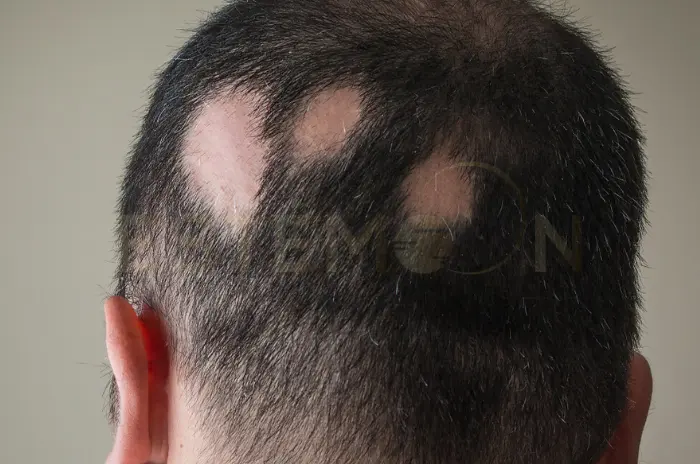
Tips to Prevent Scalp Ringworm and Protect Hair
Prevention is always better than treatment. Implementing protective strategies significantly reduces your risk of contracting this contagious fungal infection.
Daily Hair Care Practices
Maintain excellent scalp hygiene by washing your hair regularly with a gentle shampoo. Keep your scalp dry, as fungi thrive in moist, warm environments. After exercise or activities that cause sweating, rinse your scalp promptly.
Avoid tight hairstyles that create friction and microscopic scalp injuries—these provide entry points for fungal infection. Braids and ponytails that pull tightly increase vulnerability to scalp fungal infection.
Household Prevention Strategies
Each family member should have clearly marked, personal grooming tools. Regularly clean and disinfect combs and brushes with antifungal solutions or rubbing alcohol. Wash bedding, towels, and hats in hot water weekly. High temperatures (above 60°C) effectively kill fungal spores.
Pet-Related Precautions
Regular veterinary check-ups for pets with ringworm are crucial. If your pet shows signs of infection, isolate them immediately and seek veterinary treatment. After handling pets, always wash your hands before touching your face or hair.
Exercise caution in communal spaces like gyms, swimming pools, and locker rooms. Wear shower shoes and never share helmets, hats, or hair accessories.
Ringworm in Children and School Attendance
Scalp ringworm tinea capitis disproportionately affects children, creating special concerns for parents regarding school attendance and social activities.
School Exclusion Policies and Guidelines
Most health authorities recommend children can return to school once treatment begins, provided affected areas are covered. Contact your child’s school nurse to understand specific policies. Provide documentation from your healthcare provider confirming diagnosis and treatment initiation.
Minimizing Social Impact
Ringworm hair loss can be emotionally challenging for children. Patchy hair loss may lead to teasing, affecting self-esteem during critical developmental years.
Address the situation proactively by educating your child about the condition. Explain that ringworm is a common, treatable infection. Consider using hats or scarves to cover bald patches scalp until regrowth occurs.
Hair Regrowth Timeline in Children
With prompt treatment, most children experience complete hair regrowth within 6-12 months. The younger the child and the quicker treatment begins, the better the prognosis for full recovery without scarring.
During recovery, avoid chemical hair treatments or tight hairstyles that stress regrowing hair. Gentle care supports healthy regrowth and minimizes risk of secondary folliculitis hair loss.
Ringworm in Hair Symptoms Treatment and Regrowth Plan – Frequently Asked Questions
What are the symptoms of ringworm on scalp?
Symptoms include itchy scalp infection, circular bald patches scalp with defined borders, scaly red skin, broken hair shafts creating a “black dot” appearance, and in severe cases, painful swollen areas with pus discharge.
How does ringworm on the scalp spread?
Ringworm spreads through direct contact with infected people or pets with ringworm, and indirectly through contaminated items like combs, towels, hats, and bedding where fungal spores can survive for months.
What is the effective treatment for scalp ringworm?
Effective treatment requires oral antifungal tablets and shampoo prescribed by a doctor, typically griseofulvin or terbinafine for 6-12 weeks, combined with medicated shampoos to reduce spore transmission.
Will hair grow back after a ringworm infection?
Yes, hair typically grows back completely within 6-12 months after successful treatment if treated promptly; however, severe infections causing kerion may result in permanent scarring and patchy hair loss in affected areas.
Follow us on social media for updates, tips, and patient success stories:

